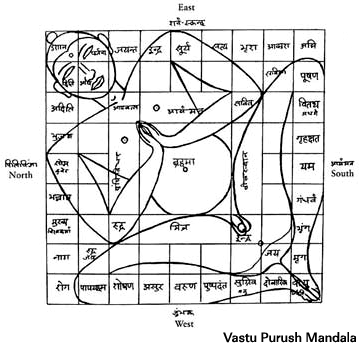Introduction:
In the world of architectural harmony and spiritual design, two ancient practices stand out for their influence and uniqueness: feng shui and Vastu Shastra. While both originate from ancient Eastern traditions – feng shui from China and Vastu Shastra from India – they offer distinct perspectives and methodologies in creating balanced living spaces. This blog delves into the nuances, similarities, and differences between these two venerable systems.
Feng Shui: The Chinese Art of Harmony
Feng shui is an ancient Chinese art that focuses on harmonizing individuals with their surrounding environment. It is grounded in Taoist principles and the concept of ‘qi’ or ‘chi’ – the life force or energy flow. feng shui practitioners use various tools and principles, like the Bagua map and the five elements (wood, fire, earth, metal, and water), to optimize the flow of this energy in living and working spaces.
Vastu Shastra: India’s Science of Architecture
Vastu Shastra, often termed the ‘science of architecture’, is an ancient Indian system of design based on directional alignments. It is rooted in the Vedas, the comprehensive scriptures of Hinduism, and focuses on integrating architecture with nature, using geometric patterns (yantras), symmetry, and directional alignments. Vastu aims to create spaces that align with the fundamental forces of nature.


